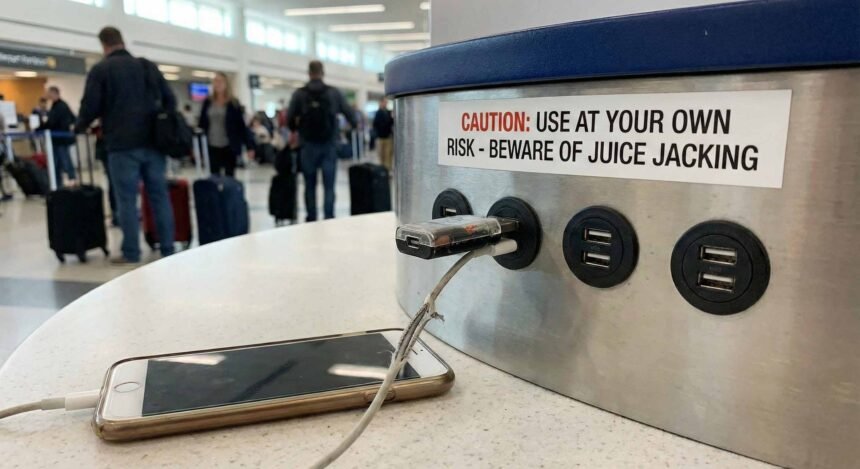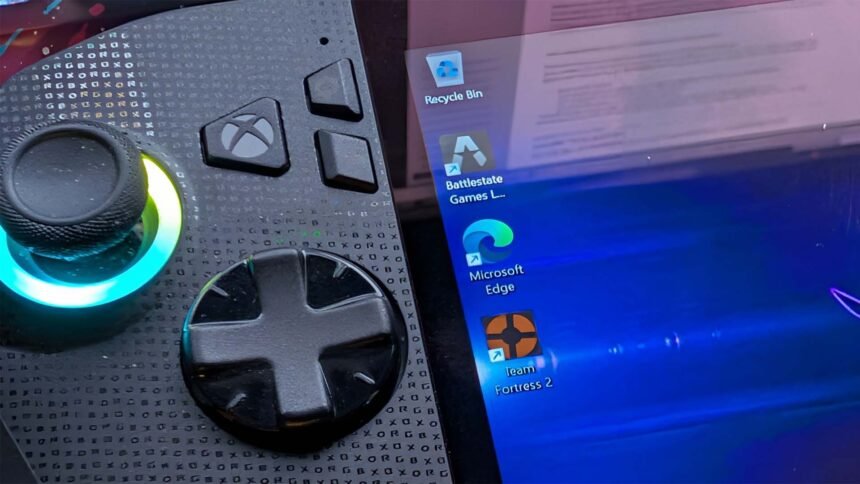I’m on the move a lot for work, family and a variety of other reasons. So, when I began writing with Image Matrix Tech, the concept of a second monitor that I can take anywhere started to become a more pressing need. When I spoke with Djuro, he had no hesitation in recommending espresso displays based on his personal experience, and so it began.
I began exploring the site and considering what I needed from a portable display.
THE OPTIONS: SIZE, RESOLUTION, INTERFACE AND CONNECTIVITY
It stands to reason that productivity can increase significantly with more screen real estate. But where is the line between practicality and functionality? In discussion with one of the espresso team, the screen size discussion was likened to buying a new TV. You may go in wanting a 65” screen, but leave with a 75” and never look back. So I was swayed from the intent of a 13” option to the 15, and now I’ve had it for about five weeks; I’m happy with the result.
I want to take a few steps back, though, and for me, there are a few things I need to consider. This is primarily a monitor that I want to move with me, and easily carry, so size and weight are key factors. In a perfect world, high res and high refresh are great too – but I’m also acutely aware (as was also highlighted by my discussion with the espresso team) that these, particularly refresh rate, will draw a lot more power from the connected device.
All of my devices have a USB-C port on them, so the connectivity is important to me; but that’s fine because every one of the espresso displays has USB-C power and video input. Across the range, there’s also — with an additional cable — the option of using a Mini Display Port, HDMI or DVI-D if your laptop doesn’t have USB-C output.

Then there’s the consideration of touch vs non-touch display. Personally, I’ve never been a big fan of touchscreens on computers, but some applications may make it worthwhile. So I’m not averse to using it, it’s just not a primary focus of my workflows.
Finally, the practicality of using an external monitor on the go hasn’t lost me. Sometimes you’re not going to have space to set a second monitor side by side with your laptop. Others you may want to have your monitor back to back with your laptop to share information, or presentation and of course the consideration towards ergonomics. All of this is addressed with the espresso stand+, which allows you to mount your monitor in multiple configurations magnetically.
After some research and discussion, the — as mentioned — 15″ touch display was on its way to me.
The User Experience: Unboxing to Routine Use
The packaging is really slick, keep in mind you’re looking at a startup, and largely recyclable materials with only a thin film of plastic over the . Unboxing presents you with all the hardware you need to connect your monitor to any source hardware. An important note here is that the cable provided is specific to the monitor — don’t lose it — and provides video, power and sound throughput.
Then — at least on my MacBook Air — connecting the unit is as easy as plugging in the cable, and you’re off. Depending on your laptop settings, it will either connect with a mirror to your laptop display, or it will already be set up for an extended display.

There’s a simple to follow guide on the espresso site, that walks you through the basics and installation of the espresso flow software, which includes drivers for auto-rotation detection and the touch drivers.
Having spent a bit of time with the Espresso Touch 15 now, there are a few things that have become even clearer to me. As a starting point, the 15″ screen was the right choice, and the touch option was worth it. While I don’t use it as a default, it is something I could use in a variety of settings, and it will definitely get used.
Ultimately, the weight isn’t outrageous to carry daily and plug into my MacBook, and the extra battery use isn’t horrid. So, I’m more than happy to carry this with me regularly to improve my productivity while I’m on the go. There’s something awe-inspiring about something so simple that is so quick and easy to use and set up daily.
There are a couple of really well-thought-out features within the software for the espresso displays as well. The two I’ve found most useful are Glide to arrange your display based on mouse movement of the mouse cursor. This is useful if you (like me) often move things around and, I’ve even found myself using the monitor in portrait and landscape mode during the same session, depending on exactly what I’m doing at the time.

The other is being able to adjust the brightness on the fly to suit the environment I’m in, and to minimise the power drain from my laptop by using the screen.
IS A PORTABLE SCREEN WORTH THE MONEY?
The functionality of having a second monitor when you’re working from a laptop is excellent. There’s a clear advantage and increase in productivity, and there’s minimal weight increase in your daily carry for the amount of function you gain. Even in comparison to having an iPad using Sidecar, you’ve got a second screen, but the extra screen space, simplicity and the longevity of the espresso display (in my eyes at least) make it a worthwhile investment.
I’ve gone hunting around for some other thoughts on the espresso displays and found that there’s a lot of positive feedback out there. Here are a few examples:
- The new Espresso 15 Pro is nothing short of spectacular. The brightness and portability is exactly what we need in our photo and video editing workflow, especially when our work takes us to remote sites weekly.
- The display works great, as expected. The stand is awesome because it can position the monitor above my 13″ MacBook air. No issues.
- The Espresso display is the best product I’ve bought for our marketing team. The product is high quality, very portable and allows us to easily and professionally present our creative work to clients and prospects. Their customer service team is top-notch. They resolved any questions I had quickly and efficiently. Even when I picked up my new screen, their Co-Founder, Gary took the time to help me ensure the display settings were what I needed. This kind of support for their customer shows that they have an amazing team culture. Such a great Aussie company.
- Travelling for a week and had the Espresso screen as a second screen, and it worked out fantastic

The best way I can describe the experience — and a strong underlying theme of all of the feedback I’ve read — with the espresso 15″ touch display is that it’s beautifully simple. If you’re seriously thinking about a portable monitor for work, or other connectivity needs; I challenge you to drop by your local JB Hi-Fi to take a closer look and now genuinely want to walk out carrying one.
Disclosure: espresso displays sent a 15″ screen to me with no specific expectation of an article being written. This has been compiled as a result of the positive experience I have had with the unit and how quickly it has become part of my everyday carry.








